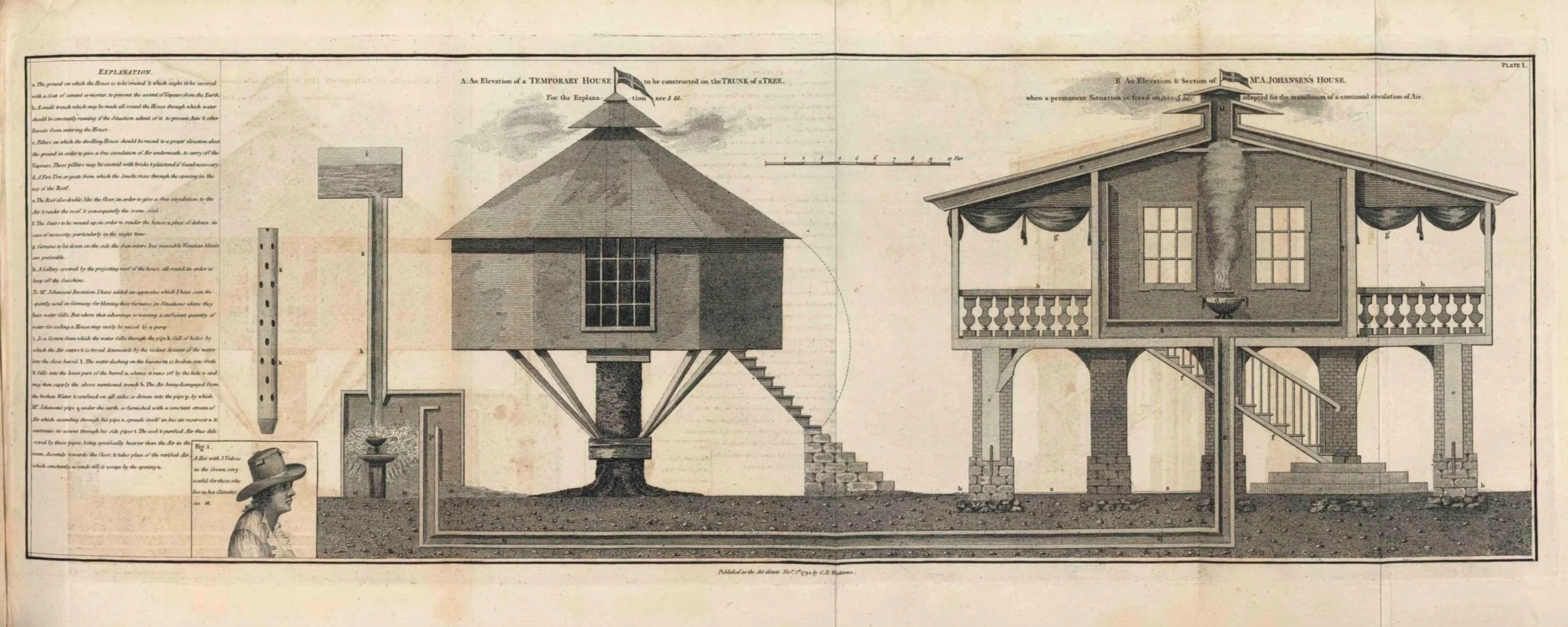Plate 1, “The Colonial House,” from Carl Bernhard Wadström, An Essay on Colonization (1794)
The Extractive Media Working Group will be hosting scholars Eleanor Johnson and Jonah Rowen on March 4, 2024, to discuss their recent work.
When: 6 PM
March 4, 2024
Where: Schermerhorn Hall, Room 934, Columbia University
Followed by a Reception in the Stronach Center.
Speakers:
Eleanor Johnson is Associate Professor in the Department of English and Comparative Literature. Her first book, Practicing Literary Theory in the Middle Ages (Chicago, 2013), explored the relationship between aesthetic experience and ethical learning in medieval culture. Her second book, Staging Contemplation: Vernacular Theology in Middle English Prose, Verse, and Drama (Chicago, 2018), analyzed how literary works strove to embody a feeling of union with God for medieval audiences. Her third book, Waste and the Wasters (Chicago, 2023), examines medieval ecosystemic thought and suggests how thinking with medieval ecological theory might shed light on our own environmental crises, policies, and attitudes. She is currently completing a book on the history of feminist law, religion, and film in America in the 1970s, and writing another on the history of feminism and horror in western culture.
Jonah Rowen is an architectural historian whose work concerns the British Atlantic World during the late era of enslavement and abolition. Taking into account the labor and materials necessary for buildings' production, his research focuses on intersections between the aesthetic, technical, and economic dimensions of architecture, often through close analysis of drawings and other visual forms. He is developing a book project on nineteenth-century Anglo-Caribbean colonial exchanges and buildings design and production, figured as technologies of risk management and security.
Readings:
Introduction, chapters 1, 2, and 4 from Eleanor Johnson, Waste and Wasters (University of Chicago Press, 2023)
Rowen Abstract
From its inception in 1792, the Sierra Leone Company was a profit-generating venture. For the company's Evangelical abolitionist investors, the capacity to produce wealth constituted the measure of worth. Yet the profits they intended to harvest from the freed Black American migrants whom they sponsored to establish a colony on the Western African coast were not just for profit's sake. Rather, they would demonstrate free Black people's self-sufficiency: a living rebuttal to white British enslavers' fabrications of benevolent enslavement. The model city that the Company's directors envisioned required physical infrastructure, so on the town's founding, they loaded a ship with components for prefabricated buildings for the settlers to assemble, laying out plans for a gridded, “ordered” town.
The Sierra Leone Company was a coalition of entrepreneurs, philanthropists, and reformed enslavers united by anti-slavery and religious zealotry—proclaimed a three-pronged mission: Trade; Cultivation (including buildings); and Civilization. Britain’s first permanent African colony was to demonstrate the viability of an economically productive Black society, in territory shared with active slave traders and Indigenous African groups.
Under enslavement, productivity presupposed coercion, but gradual liberalization initiatives like abolition and adoption of wage labor incentives facilitated modes of extraction previously alien to African nodes in the British imperial apparatus. Consequent new forms of interaction and exchange transformed the Sierra Leonean landscape, physically, financially, and politically. To ensure profitability, these speculators and colonists sought security, and the means of construction they employed and configurations of space embodied that concept. By analyzing their architecture and its features for mitigating their concerns, this project draws out questions of who and what they perceived to pose threats. This future-oriented disposition aligned with the capital-intensive venture to establish this new colony: architecture’s durable presence signaled a projective, lasting engagement to cultivate territory and return its products to the metropole. By generating wealth through agriculture, the Black settlers would legitimate their standing as British subjects.

